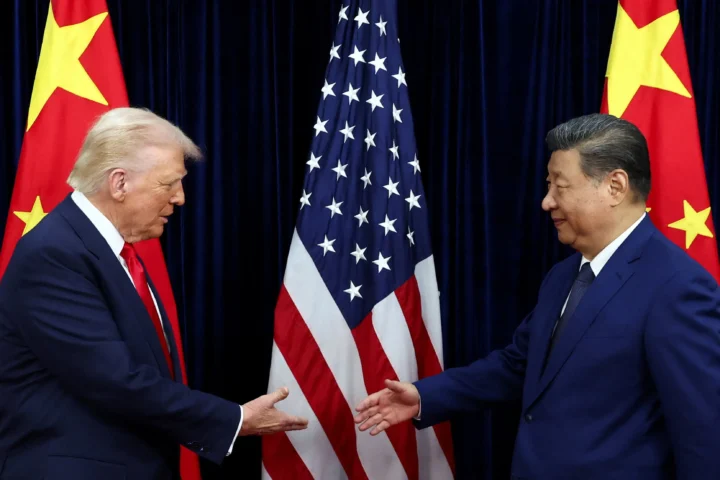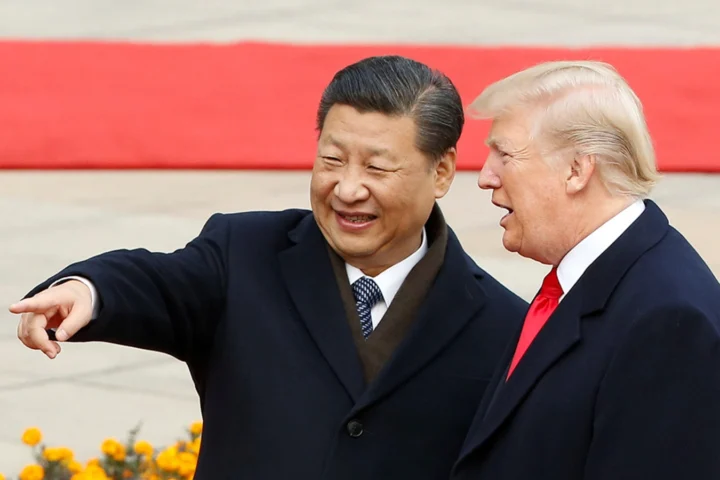India stands at a historic inflection point. A nation of nearly 1.4 billion people is poised to harness the transformative power of artificial intelligence (AI) not as a job destroyer but as a monumental engine of opportunity, inclusion, and skill development. Far from the global fears of technological unemployment, India’s AI journey offers a blueprint for how a rapidly digitalizing economy with a youthful demographic can create jobs, spur growth, and accelerate socio-economic progress. With ambitious government support and initiatives, a burgeoning tech ecosystem, and a focus on reskilling and upskilling, AI is poised to become the catalyst for India’s inclusive future.
A Growth Multiplier
India’s AI investments are estimated to surge to $11 billion in 2025, constituting approximately 1.8% of GDP – one of the highest proportions globally – driven by both government programs and vibrant private sector innovation. Anchored by the IndiaAI Mission and other flagship government initiatives, such as the AI for India 2030 roadmap, the country aims to position itself as an AI superpower, leveraging its vast digital infrastructure, including the universal Aadhaar biometric ID system, the Unified Payments Interface (UPI), and extensive broadband penetration. This investment tsunami is projected to add $500 billion to the Indian economy by the mid-2020s and contribute nearly 10% to the nation’s GDP growth trajectory.
The AI revolution is permeating key sectors, with healthcare experiencing faster diagnostics and precision treatments through AI-powered tools, and agriculture witnessing yield improvements through precision farming and data analytics. At the same time, manufacturing is poised to increase efficiency through the use of automation and robotics. Startups and tech giants alike are innovating vigorously. India boasts the third-largest startup ecosystem globally, with startups securing $4.8 billion in the first half of 2025, many of which focus on AI solutions tailored for the Indian market.
Reskilling and Upskilling: The Game Changers
Crucial to harnessing AI’s promise is people—India’s workforce of 600+ million, with over half under the age of 25, represents not a challenge to be feared but an enormous asset to be retooled with future skills. The government and private sector have embraced this imperative through expansive reskilling campaigns. Programs such as the YuvAi Initiative in partnership with AICTE and corporate social responsibility efforts by leading firms aim to train millions in AI-related competencies, including machine learning, data analytics, AI ethics, cloud computing, and software development.
AI itself is a powerful ally in skills development. Through personalized learning paths powered by AI algorithms, employees and students receive tailored recommendations to bridge skill gaps efficiently. This approach improves workforce readiness and matches talent to evolving industry demands, creating a dynamic ecosystem where continuous learning becomes the norm.
LinkedIn data and sector surveys confirm this momentum: 72% of Indian employers plan to create net new jobs in the second half of 2025, with AI acting as a key catalyst. The IT and analytics sectors are burgeoning, expected to add over one million AI-related jobs in 2025 alone, with emerging roles not only in coding but also in AI maintenance, governance, and use-case specific applications, reflecting a diverse employment opportunity landscape.
AI-Driven Job Creation Across Multiple Sectors
AI’s impact isn’t limited to urban IT firms and tech startups. By 2030, estimates suggest AI could generate up to 40 million new jobs across India, spanning manufacturing, retail, agriculture, transport, and BFSI (banking, financial services, and insurance) sectors. For example:
- Agriculture: AI-powered precision farming, drone monitoring, and smart irrigation have increased crop yields by up to 54% in pilot projects, creating demand for digital-literate agri-extension workers and remote sensing analysts in rural areas. Telemedicine and AI diagnostic tools enhance healthcare access in underserved regions, further generating health technician jobs.
- Manufacturing: Tata Motors’ AI-enhanced production robots generate new roles in automation setup and maintenance, complementing skilled assembly line workers rather than replacing them outright. Government training programs target one million workers annually for AI competencies in manufacturing.
- Service Sector: AI is transforming customer service, financial analysis, and retail analytics, driving demand for roles in AI data auditing, business development, and digital marketing that require cognitive skills beyond simple automation.
- Rural Employment: AI interventions have fostered hybrid employment models, combining traditional livelihoods with digital entrepreneurship and gig economy roles enabled by AI platforms—lifting digital inclusion and opening new economic corridors.
Addressing Challenges and Preparing for the Future
No technological revolution is without disruption, and AI’s rise poses critical challenges in transition and equity. Reports indicate that only 1 in 5 young Indians have participated in AI-specific training programs, signaling a large readiness gap. Routine, repetitive jobs in sectors like data entry and telecalling are vulnerable to automation. But the overwhelming consensus from policymakers, employers, and economists is that with timely and targeted upskilling, displaced workers can transition into newly created and redefined AI-enhanced roles.
India’s response is proactive: initiatives to integrate AI training into existing skill development programs, collaborations between the government and industry, and policies to promote lifelong learning aim to future-proof India’s workforce. The Reserve Bank of India’s FREE-AI framework for responsible AI adoption underscores the country’s commitment to ethical deployment and systemic risk management.
Importantly, AI’s unique nature as an augmentation technology means many jobs are evolving rather than vanishing. AI systems handle mundane, repetitive tasks while human workers take on more cognitive, creative, and supervisory functions. McKinsey and the World Economic Forum estimate that AI will create significantly more jobs than it displaces globally, with India benefiting disproportionately due to its demographic and digital advantages.
Regional and Social Inclusion Through AI
A major strength of India’s AI strategy lies in its inclusivity. Through targeted rural skill-building programs and digital literacy campaigns, AI’s dividend is spreading beyond megacities to tier-2 and tier-3 towns, and to farming communities. For example, Microsoft’s ADVANTA(I)GE and local initiatives like the Karya cooperative empower rural workers via digital skills and gig economy participation. AI-enabled platforms are also accelerating access to healthcare and education, critical for long-term upward mobility.
Government digitalization of MSME credit processes coupled with fintech innovation is expanding financing for rural and smaller urban enterprises, promoting entrepreneurship driven by AI-enabled tools.
AI as India’s Path to Inclusive Prosperity
India is not just participating in the AI revolution; it is shaping a distinctive path reflecting its demographic vigor and socio-economic diversity. The narrative of AI as a looming threat evaporates against the data: AI is a growth multiplier generating millions of new jobs across sectors and geographies, while reskilling initiatives are empowering a young workforce to thrive in an AI-powered economy.
With visionary policy support, concerted upskilling efforts, and inclusive frameworks, AI will be the lever that lifts productivity, improves lives, and secures India’s position as a global innovation leader. For a nation of 1.4 billion, AI represents not upheaval, but unprecedented promise—a transformational opportunity to harness technology as a force for inclusive growth, employment, and sustainable prosperity.











